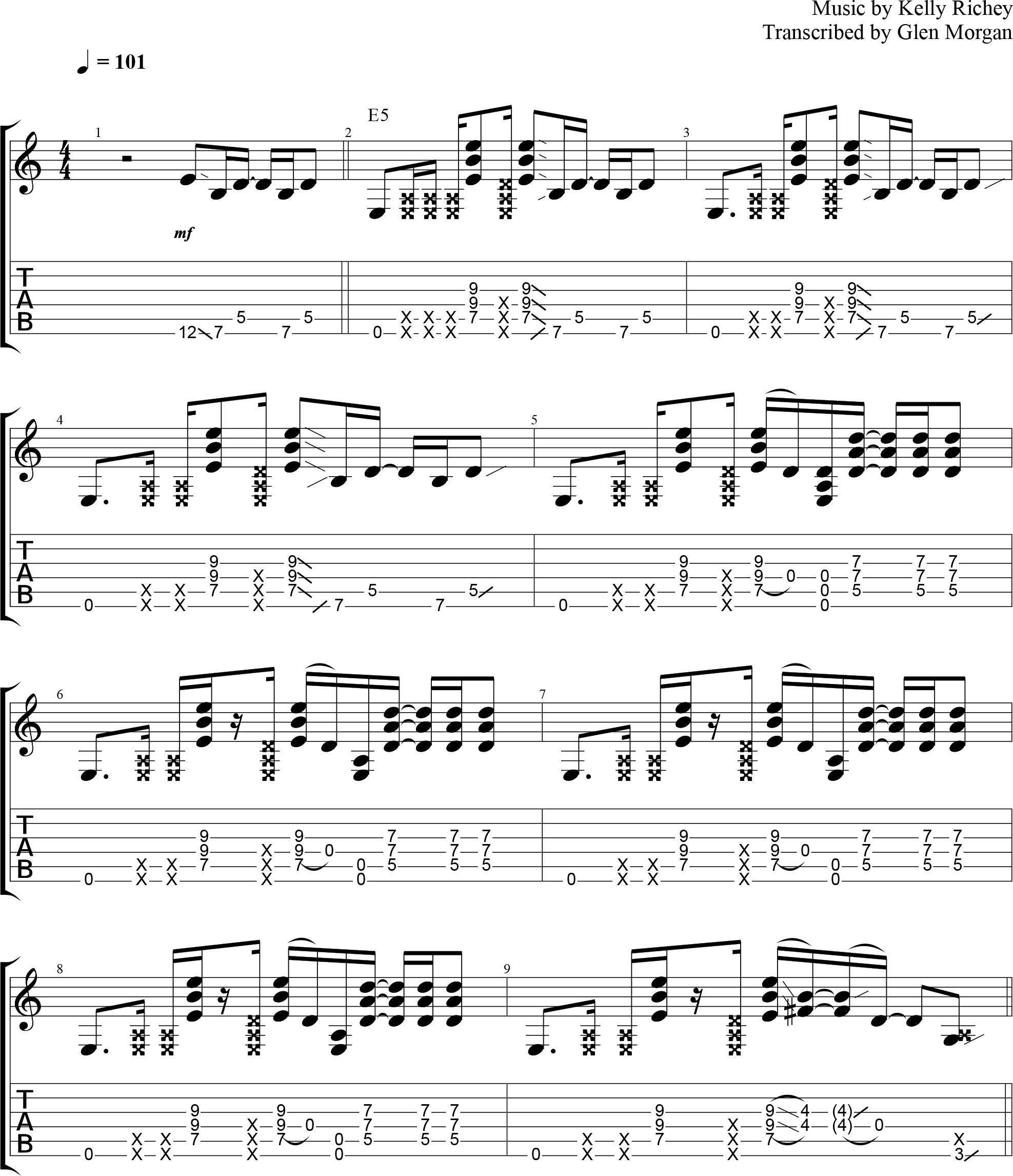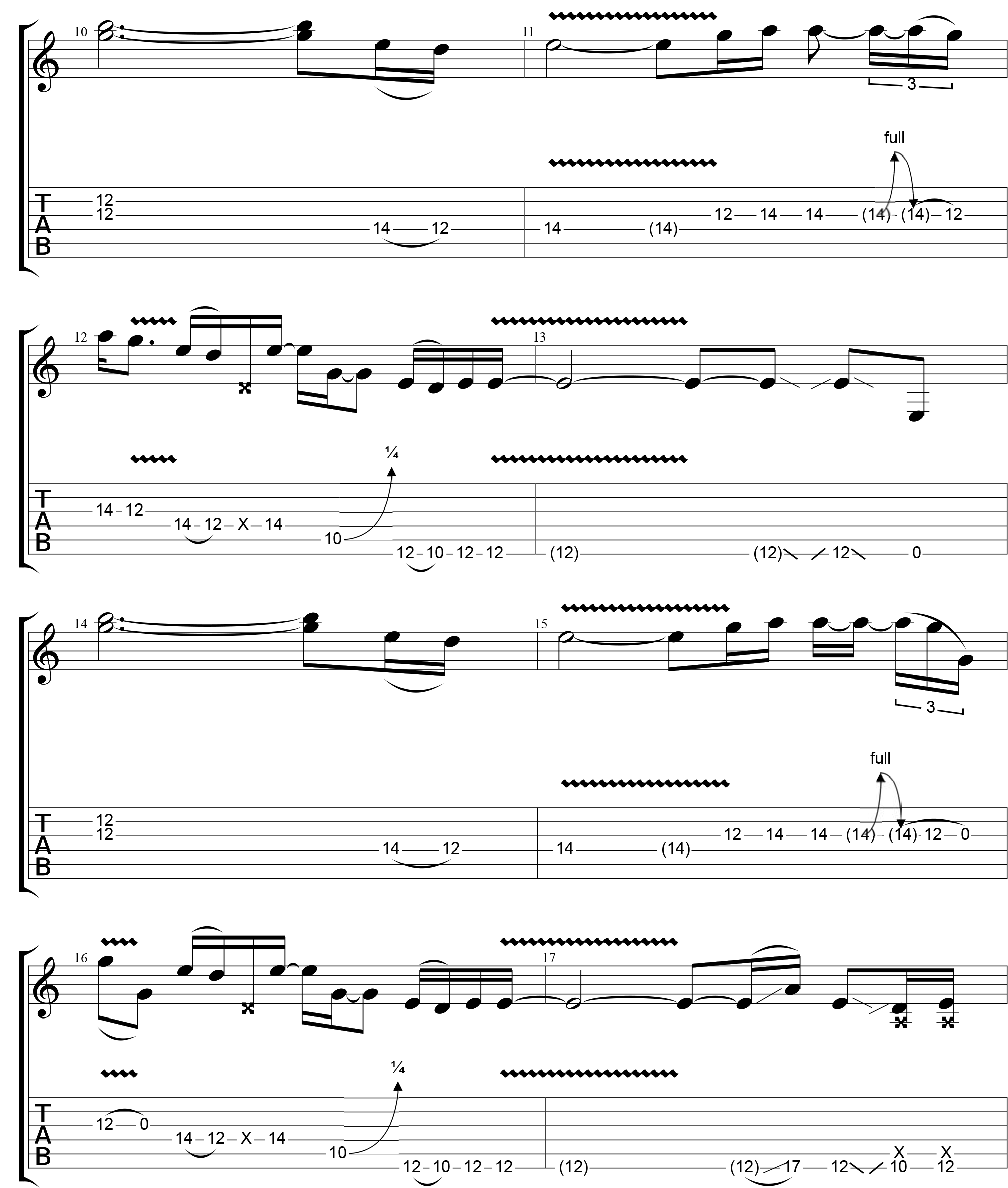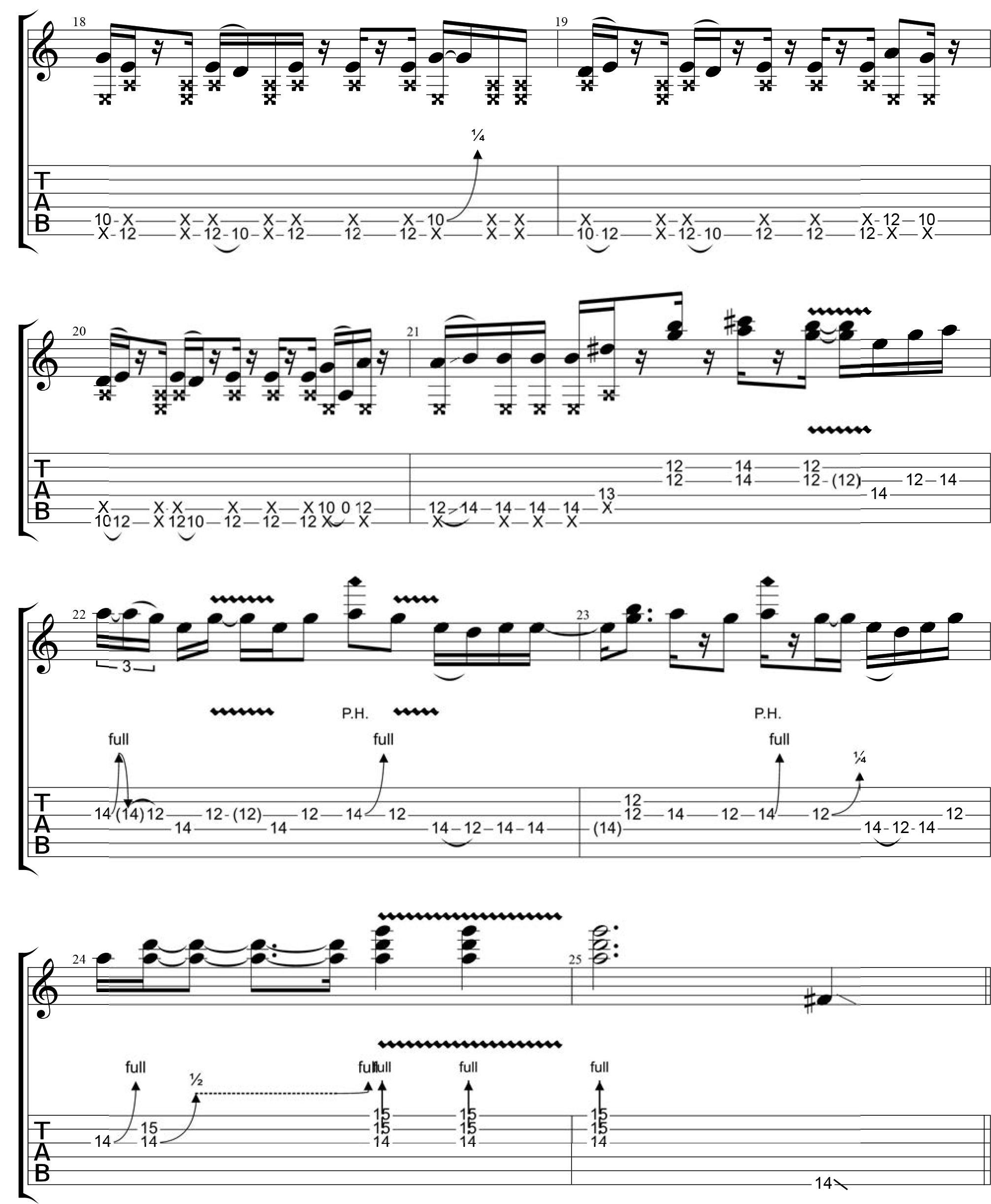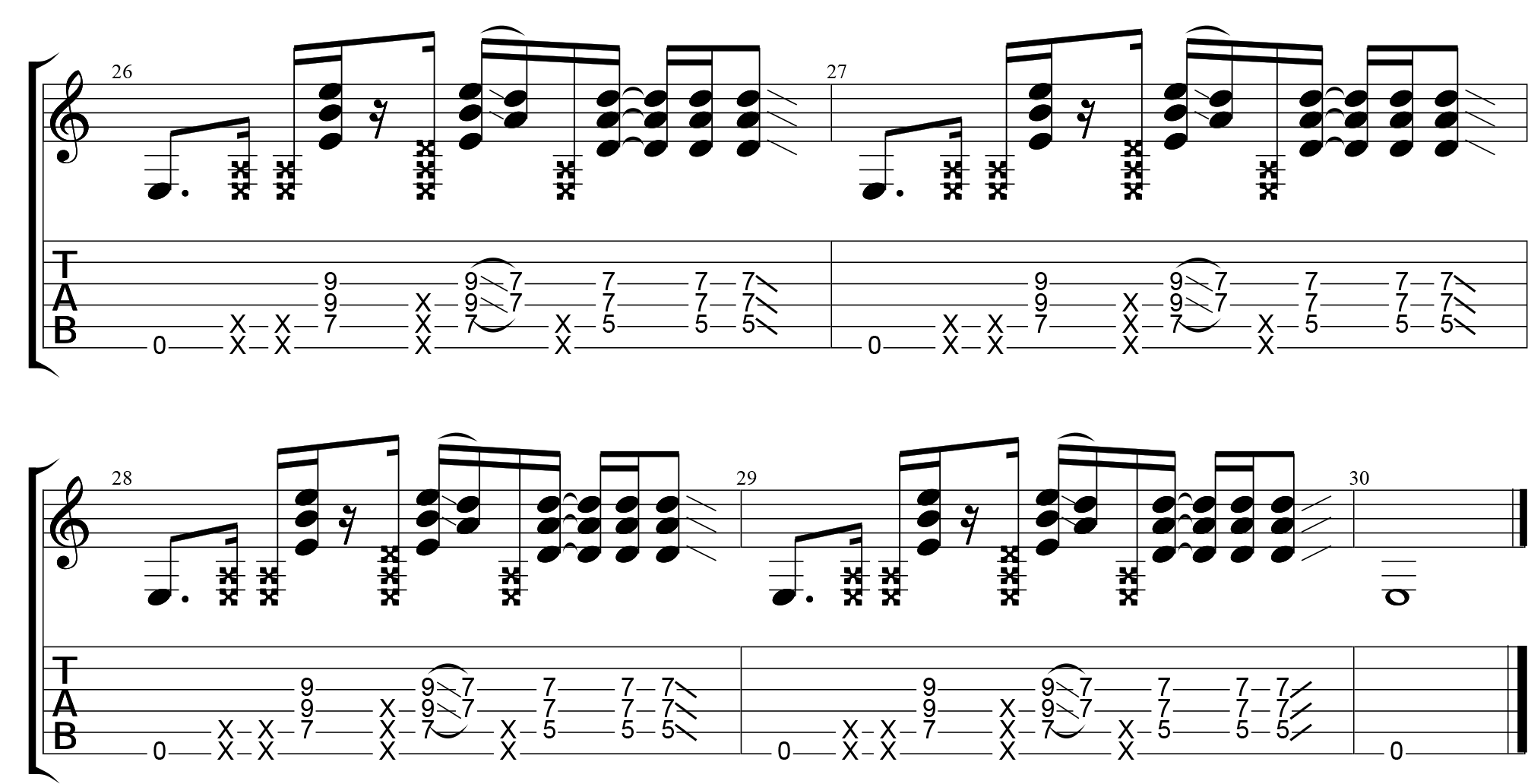Many of the world’s most popular guitar players, such as Eric Clapton, Jimmy Page, Jimi Hendrix and Stevie Ray Vaughan, played in what is called a “power trio.” In my latest TrueFire course, Focus On: Blues-Rock Power Trio, I hone in on the essential techniques and specific elements that are used when playing guitar in a blues-rock power trio. I discuss rhythm and lead techniques and how they overlap, working together seamlessly to create a powerful wall of sound. I also talk about the importance of creating musical “holes,” creating space, and how to work with a drummer and bass player to craft a unique sound that best supports your guitar style.
Jimi Hendrix was my first influence and from him I learned the importance of sustain, distortion, tube amps, speaker configuration, delays and the use of other effects for live performance and recording. Billy Gibbons taught me articulation, tone, precision and how to be an essential part of a three-piece rhythm-generating machine. Led Zeppelin opened the door to power chords, as well as riff-driven, groove-based rhythms and leads. They showed me the importance of creating musical space, articulation and speed – as well as methodical chaos – all of which they joined in forms of syncopation and rhythm I’d never before experienced.
Eric Clapton (and Cream Live) was where I learned to jam with others and interact in a more tightly woven connection with a band, allowing a more complicated drummer approach to be my foundation rather than something I had to play to (or with). Eddie Van Halen took everything I had learned about simplicity and added a layer of technical ability that no one had ever seen. I was heavily influenced by Eddie’s guitar tone and loved how Ted Templeman mixed his guitar – the dry sound panned hard left and then reverb added and panned hard right – for that live stadium sound. This was a drastic departure from the psychedelic sound of the 1960’s as well as the early 1970’s guitar sound. I’ve never done a lot of tapping like Eddie, but I did begin to pull in pinch harmonics, like I discovered being used by Billy Gibbons, early on in my playing.
Another big influence was Joe Walsh and the James Gang. The song Funk #49 is a powerful riff-driven song with a groove that pulls from blues, rock, and funk. It taught me about getting back to the basics of guitar tone – and that tone starts in your hands and the neck of your guitar first – and from there the sound is amplified rather than trying to create a great sound with effects first.
SRV had the biggest overall impact on my playing, by influencing my right hand. By the time SRV hit the scene, I had developed all the speed I was going to develop. His right hand technique helped me take my playing to a whole new level by adding a left and right hand muting technique for either a funky sound or a “flat tire” approach, when playing with a shuffle. SRV’s ability to bend strings and command a righteous tone out of each and every note, was something that sent me on a quest – for the perfect tone, maximum amount of sustain and an overall groove that would rock people to the edge of their chairs. His ability to emote drew me in.
And then there’s Roy Buchanan – quite possibly my favorite guitar player. I saw Roy play live three times and all three times he played as a three piece. Roy played with a level of emotion and precision I’d never experienced before and he raised the bar even higher in my search for the ability to take a “journey” with my guitar and create a conversation with music alone.
Jeff Beck’s “Wired” and “Blow by Blow” were woven in along the way, showing me great examples of a player who used his fingers instead of a pick. Jeff also used his whammy bar differently than any other guitarist I’d seen. Frank Marino and Mahogany Rush sprinkled in an influence as well, and…I almost forgot: Alex Lifeson of RUSH.
This history of influences would not be complete without mentioning the major impact that both the Black Keys and Jack White of the White Stripes have had on my playing, songwriting, and recording approach. I now write and record demos to basic drum loops without a bass. I give the drummer and producer of each project these demos for preproduction and use the drum loops as a metronome when recording. I then set up live in the studio and record guitar, and then add bass and any additional tracks as needed. Ironically, these 2 piece bands reminded me of the power of simplicity!
Learning to play guitar is a journey and the power trio is just one roadmap, with each influence a stop along the way. A power trio grants me the freedom to express myself, while forcing me to fill the space – and sometimes that space is filled with silence, sometimes with a wall of sound.
Check out this example of how I’ve taken a classic idea and made it my own in a performance study from my latest course. Here’s a “Whole Lotta Power Trio.”
WHOLE LOTTA POWER TRIO





